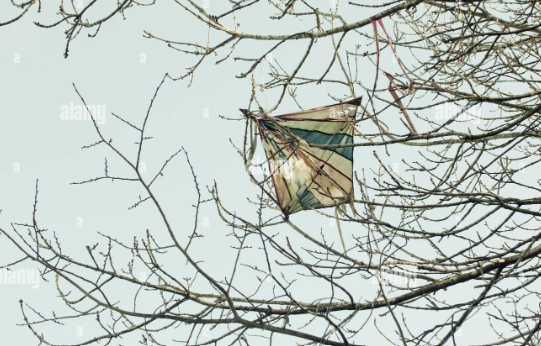Sankaranti and Kites
During Makar Sankranti, flying kites is a popular tradition across India, a vibrant part of the festival that marks the transition of the Sun into the zodiac sign of Capricorn (Makar). This event signals the end of winter, the arrival of longer days, and the beginning of the harvest season. People fly kites for several reasons, both symbolic and celebratory.
It is believed that the act of flying kites on Makar Sankranti represents the elevation of one’s spirit. As the kites soar high into the sky, they symbolize the soul’s journey toward the divine, aiming for a higher purpose or enlightenment. The bright, vibrant kites also stand as a symbol of the triumph of light over darkness, with the longer days following the winter solstice. It’s a celebration of hope, renewal, and the start of new beginnings. People often begin flying kites a week before Sankranti and continue for a couple of days after, creating an atmosphere of joy and excitement.
As I was walking Kuku last week, I noticed several kites caught in the branches of trees. This image stayed with me, and I began to reflect on how kites might symbolize relationships. When we meet new people and form connections, it’s like launching a kite into the sky. The initial phase is filled with excitement, a rush of emotions, and a sense of soaring high. We feel energized and elated, caught up in the joy of the new bond. But as time goes on, these relationships inevitably mature, and sometimes, they start to decline. In those moments of decline, we can become tangled—just like a kite caught in a tree branch.
Much like the kite caught in the tree, we often cling on to relationships that no longer serve us, holding on to the past or the emotions that once defined the bond. It's natural to resist letting go, to stay attached to what once soared. In those tangled moments, emotions get knotted—regret, attachment, the fear of letting go—and we struggle to set ourselves free. The kite, now caught in the branches, symbolizes the complex, sometimes painful process of detachment and the difficulty of releasing what no longer flows freely.
This idea of clinging on resonates with many of us, whether it’s in relationships with others, or with parts of ourselves we find hard to release. The symbolism of the kite, flying high at first, then becoming entangled, offers a poignant reflection on the cycles of connection and disconnection, the beauty of growth, and the courage required to let go when the time comes.
Perhaps the lesson from Makar Sankranti and its kites is not just about celebrating the rise of light, but also about learning when to release what has become tangled—whether it's a relationship, an expectation, or an emotion—and allow ourselves to soar once again, unencumbered, into new possibilities.


Comments
Post a Comment